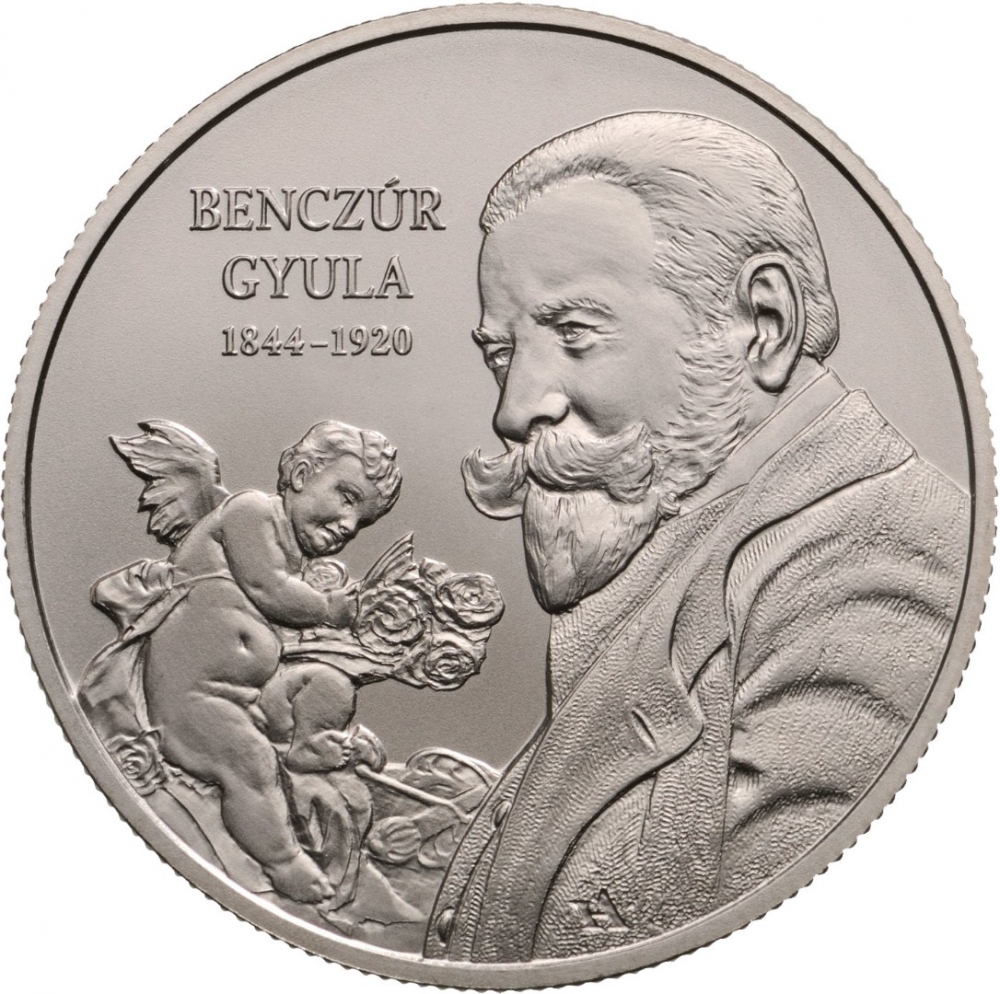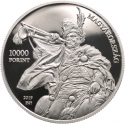You are about to finish your registration. Please check your mailbox (including spam folder). There should be a letter with a confirmation link. Check setting to make sure that your e-mail address is correct.
Send letter againDescription
Gyula Benczúr (1844-1920) was a celebrated Hungarian painter renowned for his historical and genre paintings. His work is distinguished by meticulous attention to detail, dramatic compositions, and a masterful use of color and light.
A prominent figure in 19th-century Hungarian academic historical painting, Benczúr's early career featured Biedermeier-style portraits like "Gizella," romantic genre scenes such as "Tragedy of a Fisherman on Lake Balaton," and historical paintings influenced by Karl von Piloty's art, including "The Capture of Ferenc Rákóczi II." He first gained acclaim with his painting "Farewell of László Hunyadi" in 1866 and won a historical painting competition in 1875 with "The Baptism of Vajk."
In addition to historical scenes, Benczúr also painted portraits and mythological themes. His later years were marked by monumental historical compositions, with "The Recapture of Buda Castle," painted for the millennium in 1896, being one of the genre's most significant works. He won first prize at the 1900 Paris World's Fair with a portrait of Cardinal Lorinc Schlauh, which remains on display in the bishop's palace in Nagyvárad.
Beyond his painting career, Benczúr was a highly influential teacher. In 1883, he became the director of the Hungarian National Drawing School, where he mentored many young artists.
Benczúr received numerous honors and awards throughout his life, recognizing his contributions to art. These included gold medals in Paris (1878, 1900), Berlin (1886, 1910), Vienna (1877, 1888), and Munich (1888).
Engraver: Andrea Horváth
Obverse

|
Depicts a half-length portrait of Gyula Benczúr. To the right is a putto based on Benczúr Gyula's painting "Cupid with Roses." Above the putto depiction, in three lines, are the inscriptions "BENCZÚR," "GYULA," and the birth and death years "1844-1920." At the bottom edge, integrated into the portrait depiction, is the engraver's privy mark. BENCZÚR |
|---|---|
Reverse

|
Depicts a detail from Gyula Benczúr's painting "The Recapture of Buda Castle from the Turks in 1686," featuring the figure of a trumpeter on horseback. On the left edge, in two horizontal lines beneath each other, are the denomination and the inscription "FORINT," as well as the issuance year "2019" and the mint mark "BP." On the right edge, in a quarter-circle, is the inscription "HUNGARY." In the mint mark, microtext becomes visible under at least tenfold magnification. MAGYARORSZÁG |
| Edge |
Characteristics
| Type | Commemorative Issue (Non-circulating) |
| Material | Copper Nickel |
| Weight | 23.7 g |
| Diameter | 37 mm |
| Thickness | - |
| Shape |
|
| Alignment | Medal |
| Mint |
Budapest Mint (BP)
|
Related coins
175th Anniversary of Birth of Gyula Benczúr



